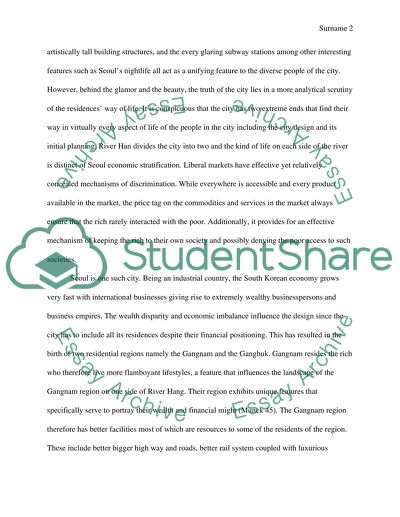Cite this document
(“Political and Social Reality of the City of Seoul Research Paper”, n.d.)
Political and Social Reality of the City of Seoul Research Paper. Retrieved from https://studentshare.org/history/1471480-how-urban-planning-or-existing-infrastructure
Political and Social Reality of the City of Seoul Research Paper. Retrieved from https://studentshare.org/history/1471480-how-urban-planning-or-existing-infrastructure
(Political and Social Reality of the City of Seoul Research Paper)
Political and Social Reality of the City of Seoul Research Paper. https://studentshare.org/history/1471480-how-urban-planning-or-existing-infrastructure.
Political and Social Reality of the City of Seoul Research Paper. https://studentshare.org/history/1471480-how-urban-planning-or-existing-infrastructure.
“Political and Social Reality of the City of Seoul Research Paper”, n.d. https://studentshare.org/history/1471480-how-urban-planning-or-existing-infrastructure.


